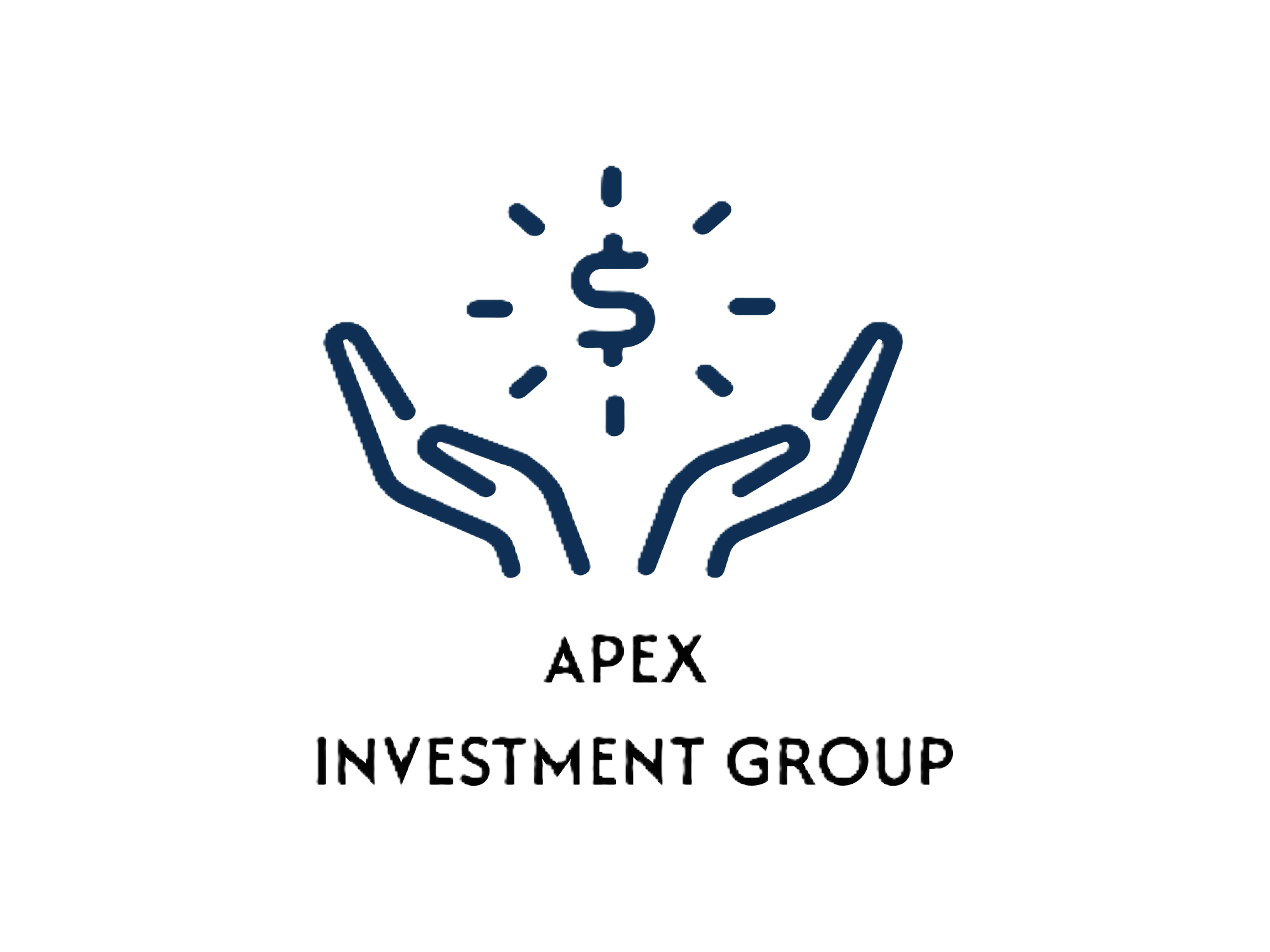APEX Investment Group offers:
• Investment financing from €50 million and more
• Minimizing the contribution of the project promoter
• Investment loan term of up to 20 years
• Loan guarantees

Are you need IT Support Engineer? Free Consultant

Service
Securitization: refinancing and funding optimization
APEX Investment Group offers:
• Investment financing from €50 million and more
• Minimizing the contribution of the project promoter
• Investment loan term of up to 20 years
• Loan guarantees
The role of innovative securitization mechanisms in financing large projects, funding optimization, and corporate refinancing is difficult to overestimate.
✓ Project finance and investment consulting from APEX Investment Group:
• From €50 million and more.
• Investments up to 90% of the project cost.
• Loan term from 10 to 20 years.
To consider the issue of financing your project, send us the completed application form and project presentation by e-mail.
Read more…
Securitization as a process of exchanging assets for securities has been used in financial markets for more than half a century.
The first issue of mortgage-backed securities was carried out back in the 1970s by Lewis Ranieri, who worked at the investment bank Salomon Brothers (USA).
Securitization is one of the most important tools of the financial market. Properly regulated and supervised, it can be successfully used in redistributing risk and supplementing the corporate refinancing system. It may play a special role for companies with difficult access to capital.
Do you want to use innovative financial instruments for your business?
APEX Investment Group offers professional services in project finance, financial modeling, and investment engineering.
The securitization process covers any corporate financing by issuing securities.
The essence of securitization comes down to the separation of an independent, diversified pool of homogeneous assets of the company (transaction initiator), and then selling these assets on the capital market in the form of securities, most often bonds. This issue is called Asset-Backed.
The purpose of any securitization mechanism is to obtain financing by replacing illiquid assets, such as loans or future income, with funds obtained from the issue of securities.
The issuer is usually a Special Purpose Vehicle (SPV), which refinances the purchase of assets with funds from the issue of securities and receives a bonus from the initiator for taking over the risk.
The involvement of SPV in this refinancing mechanism allows the risk to be separated from the initiator and assigned to a “third party”. In the event of failure to achieve the goal assumed by the initiator (e.g. non-payment of loans), the risk is borne only by the special-purpose vehicle.
The most common securitization transactions involve the transfer of receivables from mortgage loans (MBS, pass-through Mortgage-Backed Securities).
During the late 1990s, MBS transactions were divided into RMBS (Residential Mortgage-Backed Securities) based on mortgage loans for individuals, and CMBS (Commercial Mortgage-Backed Securities) based on transferring commercial real estate loans.
The obvious advantages of securitization tools have attracted numerous companies from other sectors, unrelated to the mortgage market.
In 1985, the first issuances secured by receivables other than mortgage loans began through ABS (Asset-Backed Securitization). The most popular assets transferred include auto loans, consumer loans, student loans, Whole Business Securitization (WBS), and loans to the SME sector. Currently, the subject of securitization can be anything that has value, ranging from many types of loans, property insurance (especially risks of natural disasters or terrorist attacks), and life insurance, as well as “expectations” such as expected receipts from royalties.
The third group of financial instruments created as a result of securitization is CDOs (Collateralised Debt Obligations).
CDO transactions are one of the most complex and risky financial instruments.
They are often assumed to be one type of ABS. A characteristic feature of a CDO is the presence of an SPV in the transaction, which takes the risk and issues in at least three tranches differing in the risk level and the interest rate (senior, mezzanine, and junior classes).
CDO transactions include but are not limited to:
• CLO (Collateralised Loan Obligations) based mainly on leveraged buyouts, private equity, and mergers and acquisitions (M&A) transactions.
• CMO (Collateralised Mortgage Obligations) based on mortgage loans.
Among the CDO transactions, there is one of the most innovative instruments, RLS (Risk Linked Securitization).
It consists of the securitization of future insurance receivables, in particular those related to events such as natural disasters, terrorist attacks, war, and so on. These and other instruments are used to varying degrees for business financing, supplementing or replacing traditional corporate finance and refinancing instruments.
Securitization in corporate refinancing has come a long and difficult path, from the successful development of innovative instruments (WBS, ILS) to the collapse as a result of the mortgage crisis (2007-2010).
In the post-crisis years, experts note a recovery of interest from investors and issuers.
Modern examples of the innovative use of securitization that combines the interests of the issuer (risk reduction) and the investor (portfolio diversification) inspire the wider use of this mechanism. In any case, the securitization mechanism is considered one of the most important financial innovations of the 20th century, the skillful use of which can become a powerful impetus for business development.
The collapse in the securitization market stopped the development of new risk-transfer instruments, but this did not mean a complete cessation of the improvement of these instruments.
Securitization is a tool with many applications, including banking, finance, funding optimization, and even insurance, which opens up great business opportunities.
One of the most interesting concepts is whole business securitization, WBS. This is a deal that first appeared in the UK in the mid-1990s and involved the transfer of financial flows to nursing homes. A classic WBS deal involves an SPV where the deal initiator formally incurs debt and then lends money to the company/project. Such a loan is secured by all of the company’s assets, including its future cash flows.
An SPV raises funds for a loan from issuing securities.
The WBS differs from the classic ABS transaction and the secured loan in two main respects.
Unlike ABS, they are not based on a specific asset, but on the cash flow generated by the company, as well as on all resources, including intangible resources of the company.
In some bankruptcy law systems (including the United Kingdom), when a company initiates bankruptcy proceedings, the creditor enters the company and can manage it in his favor without a court order to satisfy his financial claims. As a result, the collateral property is divided mainly between investors who decide to purchase WBS bonds.
WBS transactions open up wide opportunities for the monetization of future cash flows.
For the bank, WBS also means minimizing the risk, thanks to which they become an alternative source of financing for some companies and investment projects.
After receiving the necessary documents (application form and project presentation), our team will try to review your request as soon as possible, and leading experts will offer the best options for project funding.